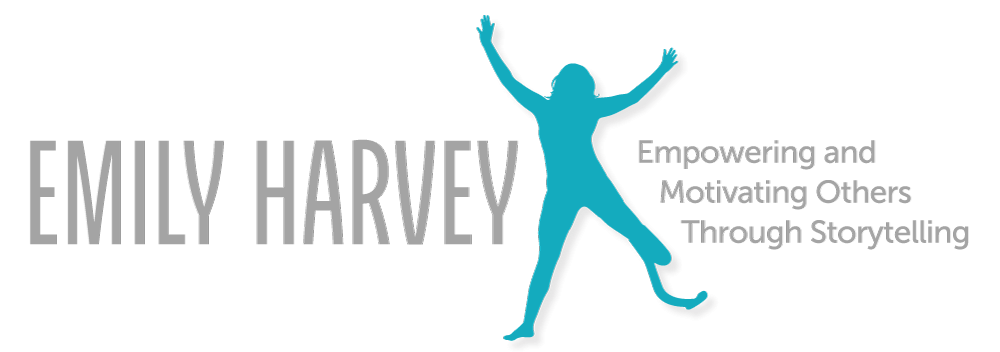This past weekend I participated in The Muddy Princess, which is an all-women's mud-based event that is 100% about fun, teamwork, and getting outside your comfort zone! Let me tell you, it did not disappoint! There were over 15 women on our team, and we stuck together to help each other out of the mud pitsContinue reading "Muddy Princess"
Making it Work (in Silver Sandals)
Brain Re-calibration About a month out from the Boulder Half Ironman, I realized I needed to recalibrate my brain. I hadn’t done a triathlon since the epic Ironman experience more than a year ago, and I could tell that my brain was discounting how tough covering 70.3 miles was going to be. Fortunately, I hadContinue reading "Making it Work (in Silver Sandals)"
Fighting my way off the Struggle Bus
Confession: I’ve really been in a tough place with my running since the Ironman last summer... My legs haven’t wanted to move very fast and I haven't felt like I'll ever be able to get back to where I used to be with my running - physically or mentally. Before today, I had done twoContinue reading "Fighting my way off the Struggle Bus"
Returning to Where it Began
Last weekend I ran the Runnin' of the Green 7k in Denver. There wasn't anything particularly special about this race - it wasn't my longest or fastest - but it was a great time to reflect back on the 6 years that have passed since I first walked the Runnin' of the Green 7k inContinue reading "Returning to Where it Began"
The Girl with the Robot Leg
I have always loved reading, and consequently, I've always loved books. However, as I've written about before, media generally does not do a great job of accurately portraying characters with limb loss/difference (with the exception being Harry Potter, at least in my opinion). I think this starts with media geared towards young ages, such as pictureContinue reading "The Girl with the Robot Leg"
Costa Rica Surf Retreat
I recently had the opportunity to travel to Santa Teresa, Costa Rica for a surf and yoga retreat with a bunch of other rowdy women. Surfing isn’t really something I ever thought I would want to try, but my friend Nicole DeBoom is really good at talking me into things… Going to the beach andContinue reading "Costa Rica Surf Retreat"
2019 Race Goals
Last December, I posted here that my goal for 2018 was to complete my first Full Ironman, and as you know if you've been following my journey, I am proud to say that I accomplished that goal! Now, what's next? In 2019, I have penciled in a season that, if I am lucky, will buildContinue reading "2019 Race Goals"
8-year-old Me
I was recently looking through old photo albums and I came across an article about 8-year-old me that was published in The Shreveport Times on February 28, 1993. How funny it is to look back at how this reporter captured my attitude towards being an amputee even at age 8! The story starts out byContinue reading "8-year-old Me"
What We Can Learn about Disability from Harry Potter’s Amputee Characters
I listened to the Harry Potter books on Audible this summer as I trained for the Ironman and watched all of the movies recently as well. I had read the books when they first came out, but I realized during this go-round that we can learn a few things about disability by examining the charactersContinue reading "What We Can Learn about Disability from Harry Potter’s Amputee Characters"
TEDx Video: Asking for Help to Achieve the Impossible
Stepping onto the Red Dot and out of My Comfort Zone at TEDxCherryCreek
“If you always do what is easy and choose the path of least resistance, you never step outside your comfort zone. Great things don’t come from comfort zones.” ― Roy T. Bennett Last Friday I got to stand up in front of 500 people (and who knows how many others through live-streaming) at TEDx CherryContinue reading "Stepping onto the Red Dot and out of My Comfort Zone at TEDxCherryCreek"
The Importance of Authenticity During My Journey to the TEDx Stage
Back in middle school, an adult amputee came to speak at an assembly and I got to meet with him afterwards since we had the amputee thing in common. I remember that his story could roughly be summarized as follows: he was living a great life, he had an injury that lead to amputation ofContinue reading "The Importance of Authenticity During My Journey to the TEDx Stage"












